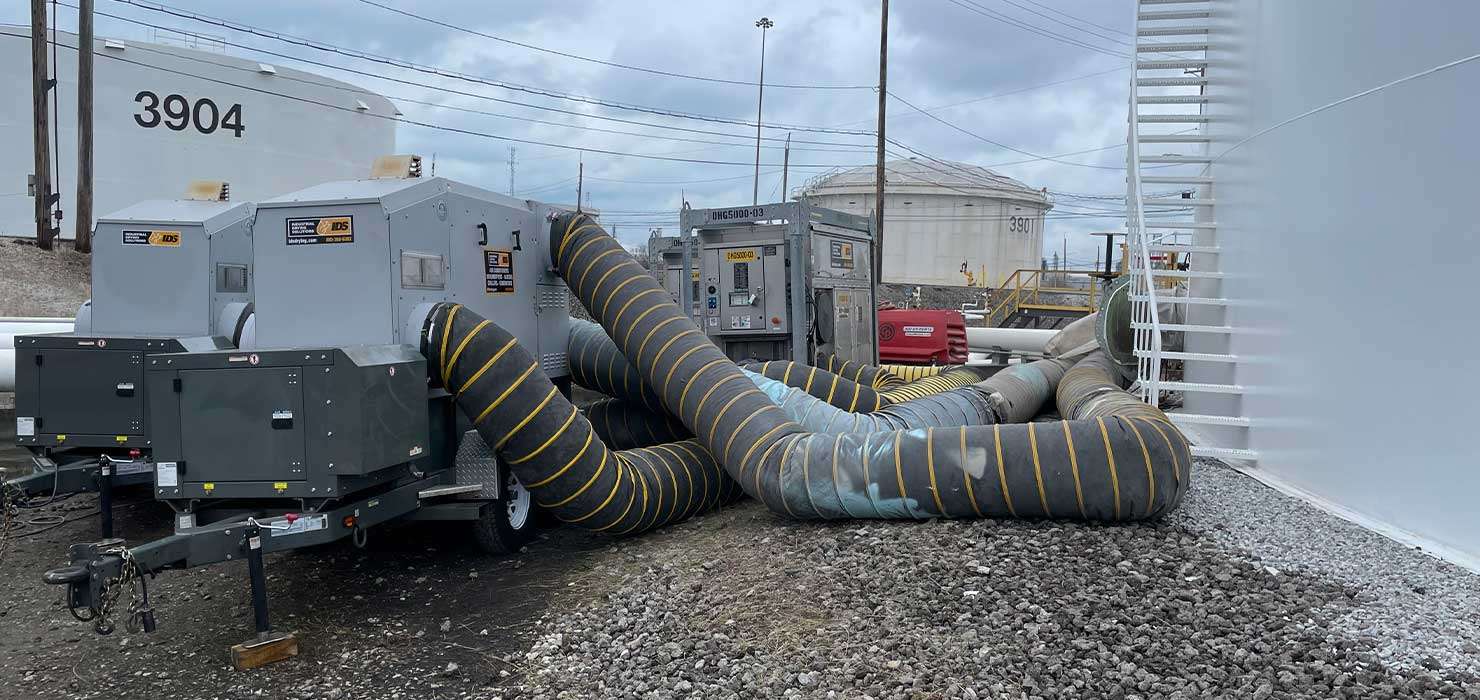Regardless of prevailing weather conditions, construction projects must adhere to their schedule. However, maintaining this can pose challenges particularly when outdoor temperatures plummet to subzero levels. The extreme cold affects construction materials and diminishes worker productivity.
The frigid winter nights make it impossible to wear enough layers of clothing and still work effectively. This is where temporary heating for construction becomes indispensable. Rental heaters can warm the worksite, protecting workers and construction materials.
How do you determine the best temporary heating solution for your site? Here are six factors to consider when selecting rental heaters.
1. Determine Your Heating Needs
The first step is to determine the purpose of the rental heater. Are you aiming to prevent frost damage to your construction project or prioritize the comfort of your on-site employees? Understanding the scale of the warming station required will aid in selecting the appropriate heater type.
2. Fuel-powered vs. Electric Models
Several options are available, such as propane, natural gas, diesel, and electric heaters. Electric models provide clean, dry heat and are often silent in operation. Their lack of exhaust emissions makes them suitable for indoor use. On the other hand, fuel-powered units are usually direct-fired and primarily used outdoors. The warm air they produce can be directed indoors through vents that pass through windows or doors.
3. Safety
It is essential to prioritize safety when handling temporary heating equipment on your construction site. Ensure all staff members understand how the machines operate and follow the manufacturer’s specifications for safe handling. The heater should protect your workers from the extreme cold, enabling them to concentrate on their tasks without risking hypothermia, which occurs when the body’s temperature drops below 95 degrees.
4. Regulation
Ensure that all temporary heating solutions adhere to county or city regulations. Certain states may require permits for specific heater models, so it’s essential to check with your local fire marshal to ensure compliance with rules regarding propane heater rentals. Additionally, be aware of any noise limitations at your site, as some locations may require soundproofing of the warming area to meet regulatory standards.
5. Ventilation
Fuel-powered models can generate significant exhaust, necessitating sufficient ventilation in the workspace. The carbon dioxide emitted may lead to the carbonation of concrete, compromising the integrity of your building structure. It’s crucial to comprehend the machine’s rating, whether
designated for indoor or outdoor use. Controlled ventilation systems may be necessary to ensure safe working conditions when using exhaust-producing heaters.
6. Budget
Many construction project managers underestimate the importance of accurate price estimation when selecting rental heaters. Opting for the cheapest option without considering other factors can result in unforeseen costs. While saving a few dollars on the rental fee (which typically
accounts for 5-10% of the total) may seem beneficial upfront, it may not necessarily translate to overall savings during the winter period. Operational costs typically constitute the majority (80-85%) of the total cost of rental heaters. Therefore, investing in a more efficient model, even with a higher rental price, is often the wiser choice.
Temporary heating entails more than renting any standalone heater. Factors such as the unit model, its intended purpose, safety concerns, and operating costs should be carefully considered. For further information about heater rentals tailored to your construction project’s needs, contact Industrial Drying Solutions (IDS).

